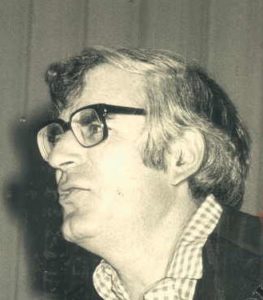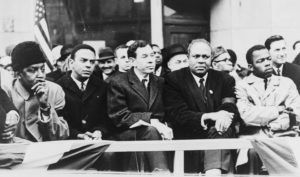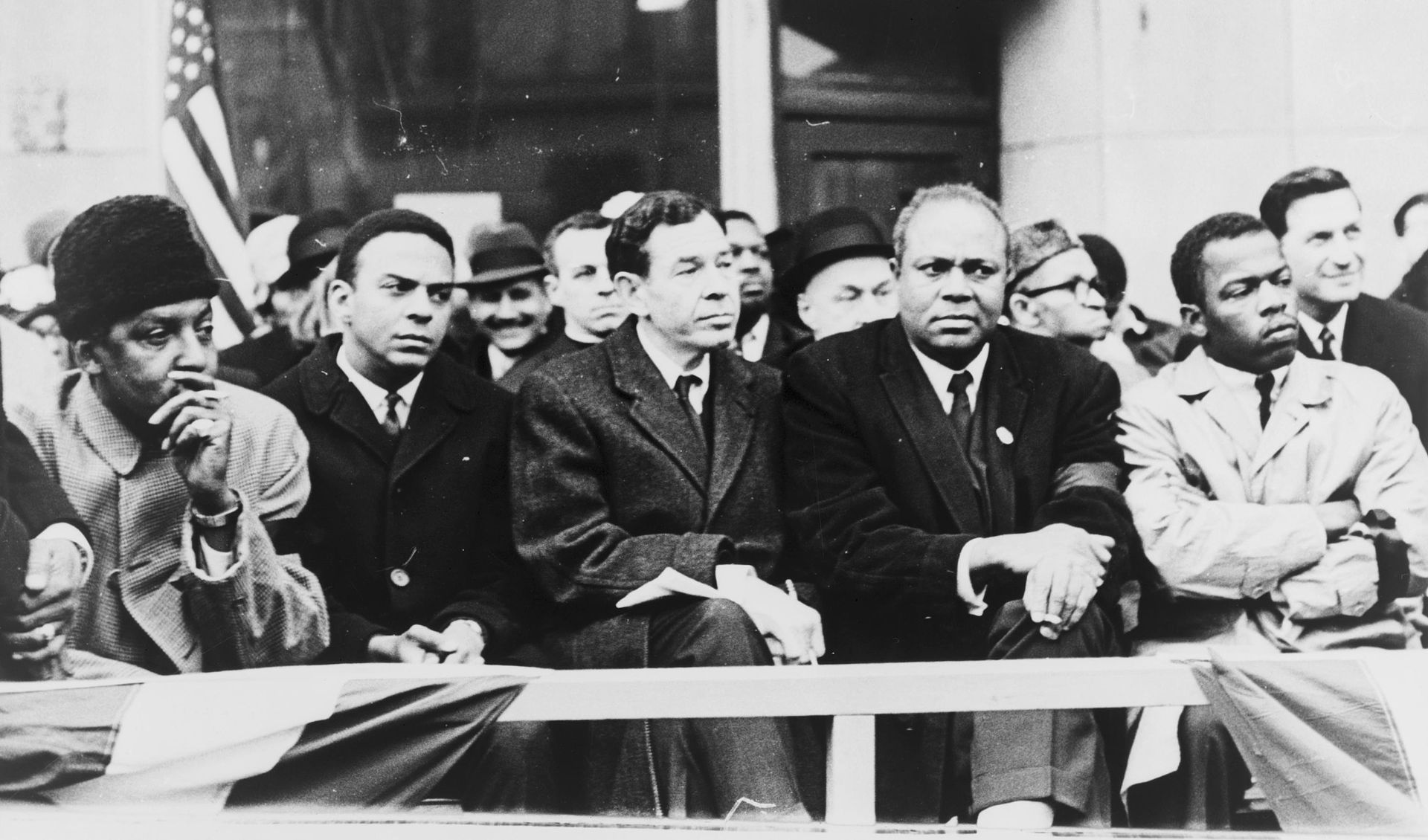David Halberstam’s non-fiction book, The Children, chronicles some of the incredible lives led by leaders of the Civil Rights Movement. The book begins in Nashville, Tennessee in 1959, with Jim Lawson, a black man enrolled at Vanderbilt’s Divinity School who had just returned from India where he went to study nonviolence. Lawson began holding workshops on non-violent resistance. A few black students from nearby schools, including Fisk University, American Baptist College, and Meharry Medical School, joined his workshops. They were drawn by Lawson’s advocacy of using nonviolence tocreate political change.

Author David Halberstam follows these students’ journey from Nashville through the Deep South. He unfolds their arduous, passionate, and dangerous fight for racial equality.
In Halberstam’s book, Martin Luther King Jr. is tangential to the story. King was the face of the movement, but the people leading and setting up the sit-ins, freedom rides, and marches were the students.
In 1954 the Supreme Court 1954 in Brown v. The Board of Education had declared segregating public schools unconstitutional. By 1959 there had been little progress towards desegregation.
Walking through downtown Nashville and looking at the segregated lunch counters, Lawson’s students realized a stage where non-violent resistance could and should be enacted. The students and other activists began to sit in at lunch counters. They were denied service. White customers yelled terrible racial slurs at them. The student protesters had hot coffee poured on them. They suffered beatings from white mobs, yet they maintained the discipline of non-violent resistance. They neither fought back nor left.
For a long time the struggle for Civil Rights had been fought in court rooms by the National Association for the Advancement of Colored People (NAACP), among others. The students took the legal backing given by the courts and used direct, nonviolent action to put the court rulings into effect.
The students that led the early sit-ins would go on to form SNCC, or the Student Nonviolent Coordinating Committee.

Halberstam carefully profiles the eight members of the original group of students. Jim Lawson, the pacifist minister in training, was the man who began the shift from legal to direct action in the ght for black rights. Diane Nash was one of SNCC’s head organizers, and, after three months of protests, she forced the mayor of Nashville, Ben West, to integrate the lunch counters in downtown Nashville. James Bevel was the leader of the initiative in the Mississippi Delta to get black people on the voting rolls. He is described by Halberstam as seeming“to live simultaneously in both a modern age and a biblical time.” Bernard Lafayette sat at the lunch counters of Nashville, rode the second wave of freedom rides intoAlabama, led the planning for the march to Selma, and later became president of the American Baptist Theological Seminary. Lafayette is lauded as a major authority on nonviolence for the world. C.T. Vivian was, in the words of Martin Luther King Jr., “The greatest preacher to ever live.” Vivian challenged any idea he believed was unethical and counseled the young members of the group. Rodney Powell, a straight-A student from Meharry Medical School joined the group to challenge the outdated norms of the South. His ability to shut out the negative and hostile voices that surrounded him and to instead focus on what he believed to be true was extraordinary. Curtis Murphy, had been taught as a young boy by his father that to obtain power he must own land. Curtis took the lesson that power for black people could not come from status as it did for white people, but must come from tangible wealth such as property and money; he specifically fought against poverty during the Movement. John Lewis, now a representative for Georgia in the U.S. House of Representatives, was so determined he could not be stopped. When asked why they began the movement when they did, he answered, “‘If not us, then who? If not now, then when? Will there be a better day for it tomorrow or next year? Will it be less dangerous then? Will someone else’s children have to risk their lives instead of us risking ours?’”
The Children reveals the power the press has in changing public opinion and Halberstam highlights the need for both legal action in the courts and for direct action in cities and towns.
Above all, he makes it clear that the campaign in the South to break down prejudice and end segregation was led by the young. They channeled the intense suffering of their neighbors, family, friends, and themselves into action. They fought the battles, and they sacrificed themselves for change.
The Children is an intricate and powerful book that is important to read. The book provides lessons in how to fight oppression.
The struggle described in The Children may seem like a battle fought and won, but the battle has not been won. We are still embroiled in the fight to create an egalitarian society that embraces and respects all its members.






